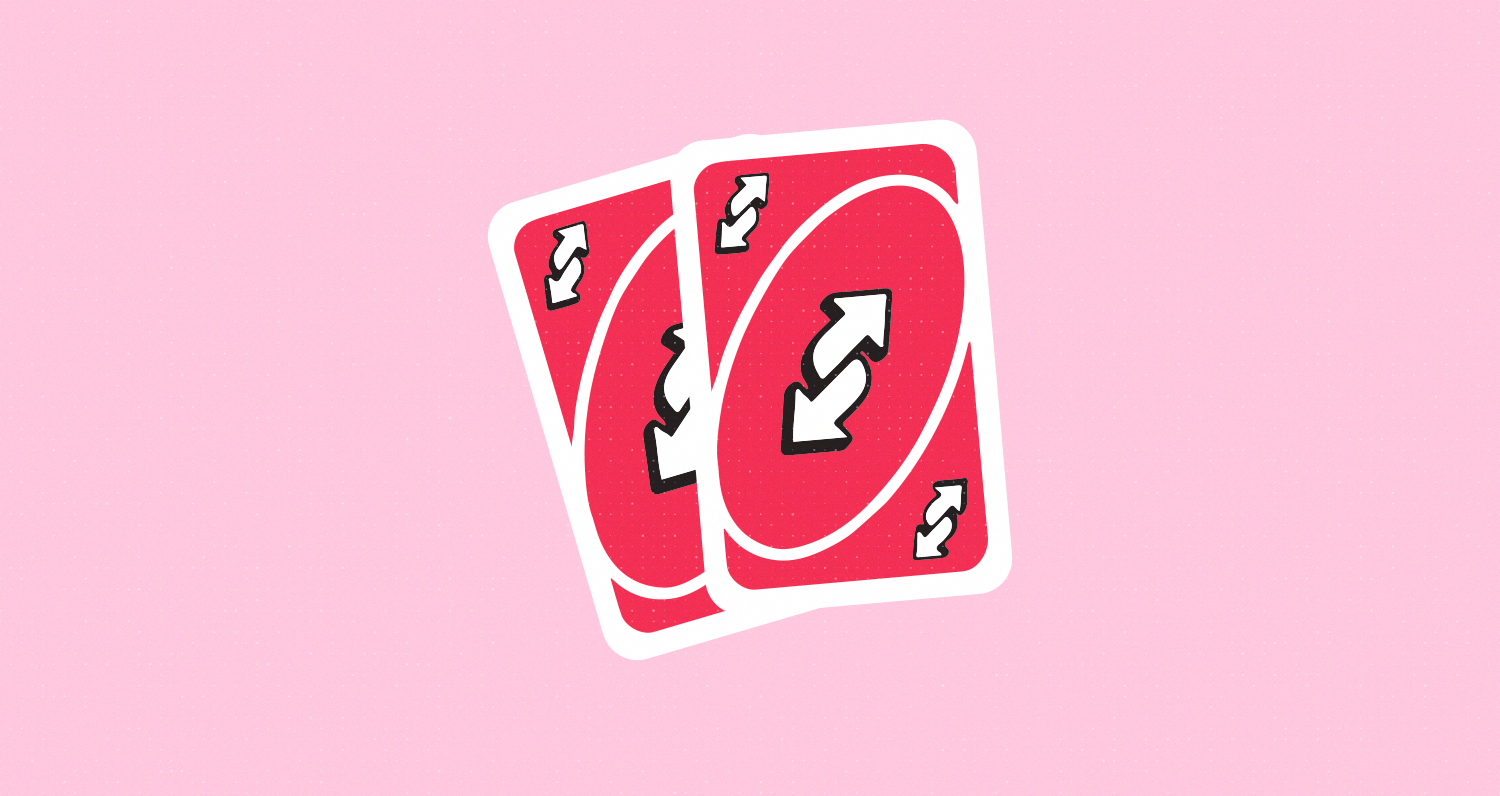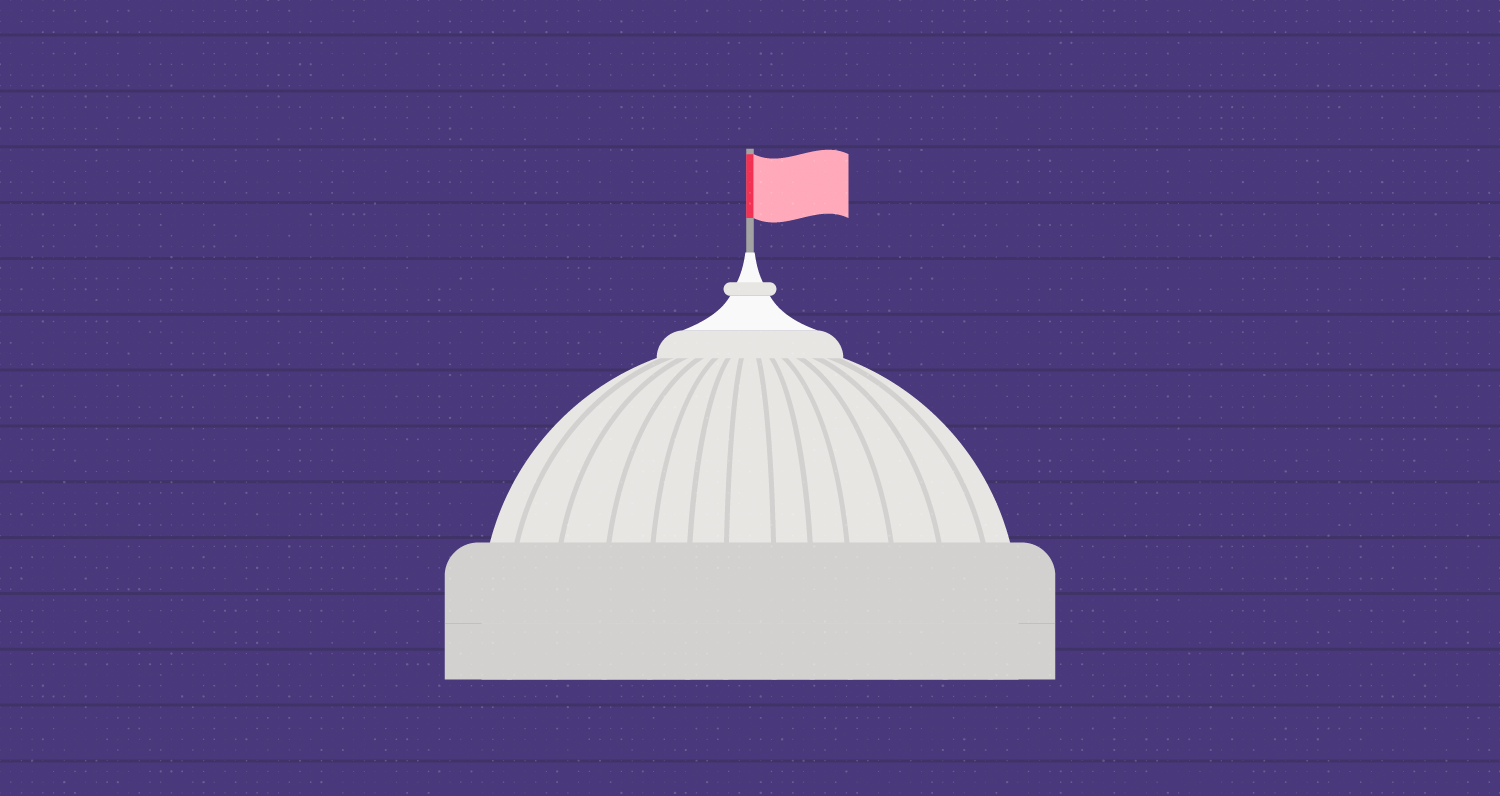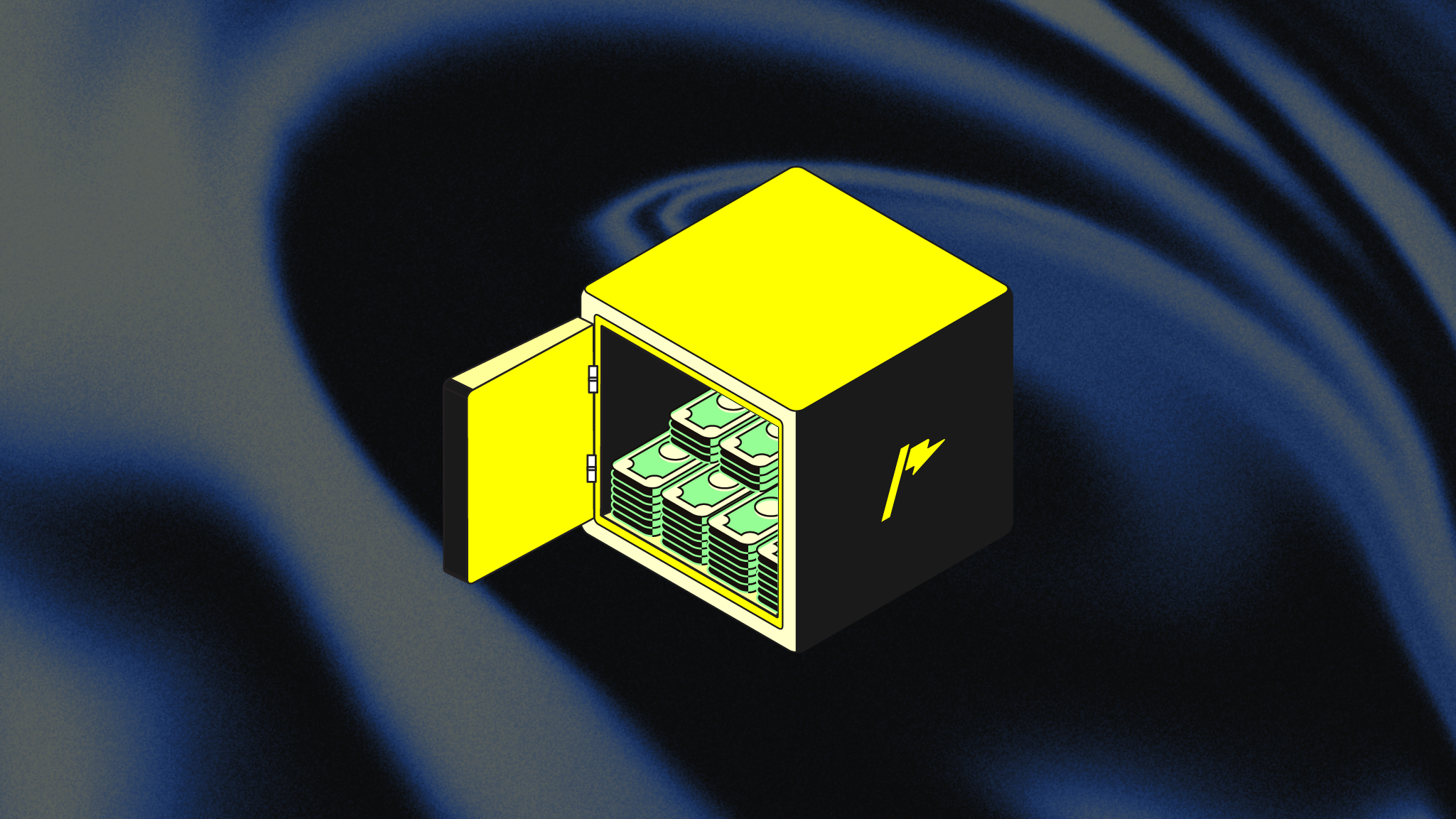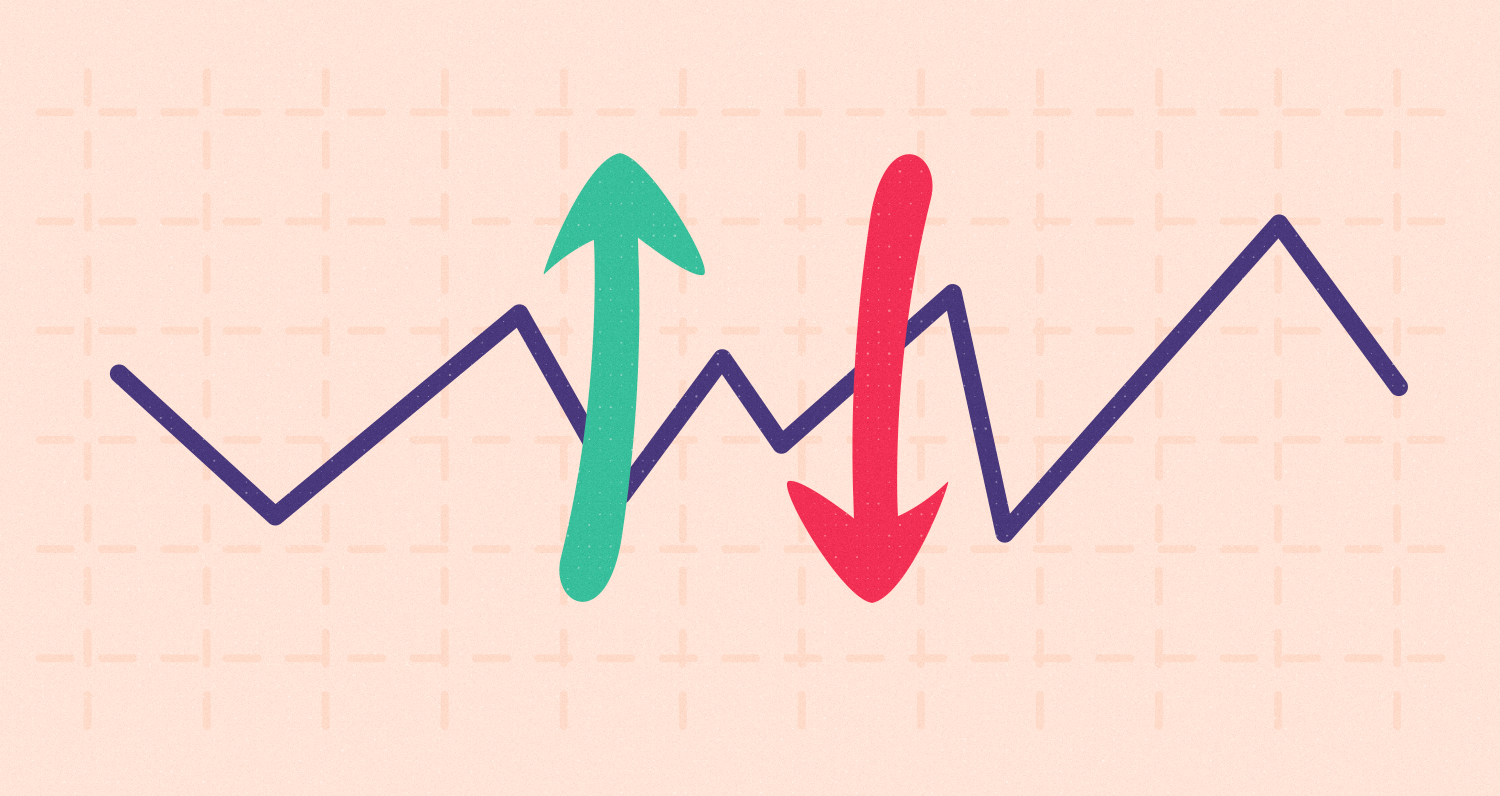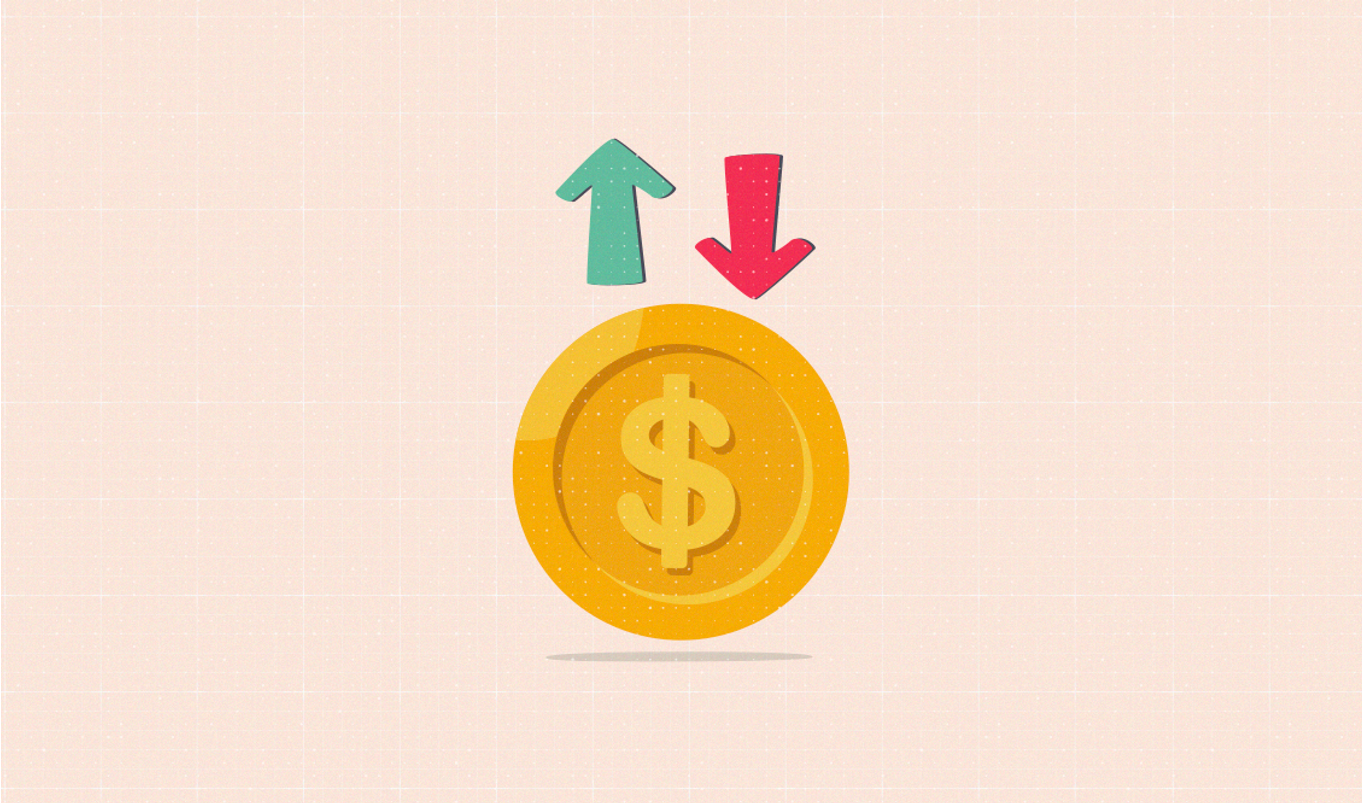What are treasury stocks?
Treasury stocks (aka reacquired stocks or a buyback), refers to a company buying back previously issued shares from its shareholders, (people like you and me). In other words, you can think of treasury stocks as basically the opposite of an IPO.
Let’s say company A has 100 shares outstanding, owned by different owners or shareholders. The company decided to buy back 30% of those shares back (30 shares). To do this, the company must buy those shares from existing shareholders who are willing to sell their shares. Once the company buys back those 30 shares, only 70 shares will remain outstanding owned by different shareholders. A very important note here is that the company is a separate legal entity from its owners or shareholders.
Why would a company buy back its shares?
If you currently own shares in a company that announced a shares buyback, it’s important to understand the reasoning or the objective behind such a decision.
Management believe the company’s stock price is undervalued
The management may believe that the company’s stock price should be higher than its current market price and that the current market conditions are impacting the price temporarily. Therefore, the management might decide that this is a good investment opportunity whereby they use the company’s cash to buy back its own shares, with the possibility of selling those shares back at a higher price when the market recovers and hence generating gains for the company..
For example, company A believes that the fair value of its shares should be around $10 (Refer to this article to learn more about how to analyze a stock). However, due to the stock market being down, and the market sentiment being negative, their stocks are currently trading at $5. In that case, the company would then perceive their own stocks as a great investment, knowing that they’re undervalued, and would capitalize on it as an investment opportunity. Companies doing this might send a healthy signal to the market, indicating that they have a strong confidence and projections regarding their own growth.
Additionally by buying back their shares from the market, they reduce the number of shares that are publicly traded (the supply of shares in the stock market), which could potentially drive the price of the shares up.
As an alternative to distributing dividends
Let’s go back to some basic concepts first. People invest in companies through buying stocks with the intention to make money either out of selling those stocks at a higher price later (capital gains), or through getting a portion of the company’s profits through dividends.
When it comes to distributing profits, dividends are not the only way companies can do this. Another way a company can distribute profits is stock buybacks. The decision to either distribute dividends or buyback shares depend on many factors like tax structure, current stock price, long term vision and many others.
Example A) Dividends: Let’s say a company is worth $1000 and has 100 shares trading, and $200 in profits. If the company distributes this $200 in dividends, it will now be worth $800. The compensation for their shareholders was in the form of dividends (earning cash income).
Example B) Buying back stocks: Another way to compensate their shareholders is by buying back shares. So we said the company is worth $1000 (this is their market cap). Market cap = Share price X # of outstanding shares. Therefore when they buy back shares, they’re reducing the number of shares, which then reduces their market cap. So if they bought back 20% of their shares (they bought back 20, and now 80 are remaining), the company will now be worth $800, just like the example above. This also means that everyone owns a little more of the company per share and potentially, less publicly traded shares on the market would mean the value of these shares should increase in the future.
How do companies buy back their shares?
When a company decides to buy back its shares, they announce this through a disclosure, these disclosures are posted on the exchange website. News outlets usually also publish pieces about these disclosures.
Companies buy back their shares in more than one way. These are the two you’ll most likely come across. The way the company intends to buy back the shares would usually be listed in the disclosure.
Option A: Open market stock buyback
The company buys back its shares directly from the market, at the prevailing current market price – just like you would buy shares directly from the market. The primary advantage of the open market stock buyback is its cost-effectiveness because a company buys back its shares at the current market price and doesn’t need to pay a premium.
Option B: Fixed price tender offer (OPR Market)
The company makes an offer to buy back the shares from shareholders at a specific price and date. This price is usually higher than the current share price (a premium). Shareholders who are interested in selling submit the number of shares they’d like to sell to the company, through their broker.
*This takes place in the OPR market, which exists for special transactions that don’t take part in the main market, (eg: IPOs and tender offers).
So in this scenario – to sell or to hold?
In most cases, when a company is buying back its shares, this is a good signal that the company believes their stock is considered undervalued. Therefore, if you believe that this company has strong fundamentals, it could be a better opportunity to ignore the company’s tender offer and hold your stocks in that company – given the company itself is signaling that the share price is likely to increase in the long term. However, if you believe that this stock’s current market price is overvalued, and that the company’s fundamentals are not strong – taking the tender offer and selling your shares at the premium price would make sense in that case.


